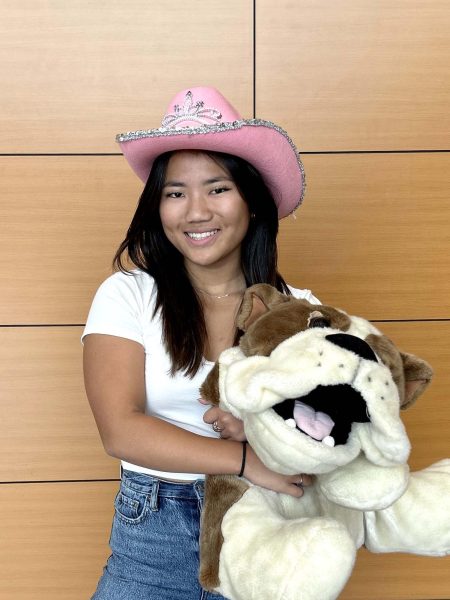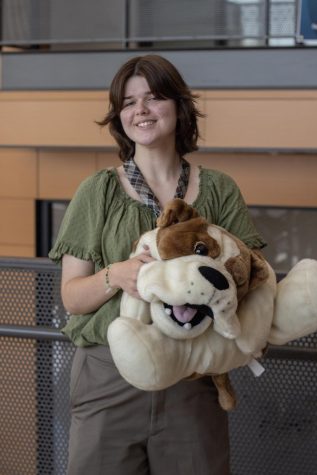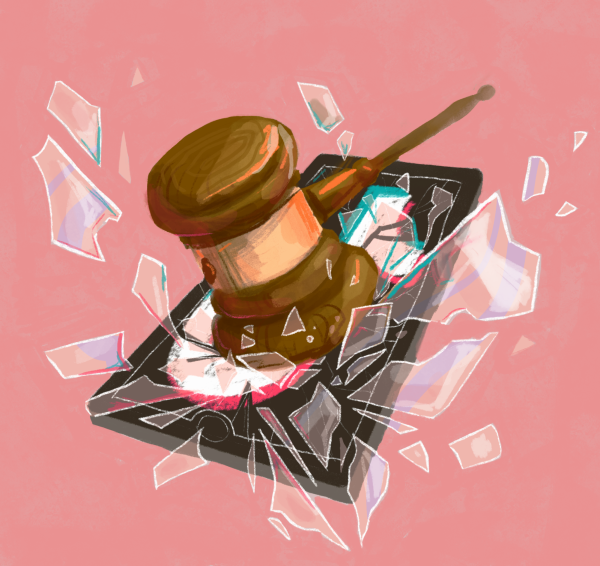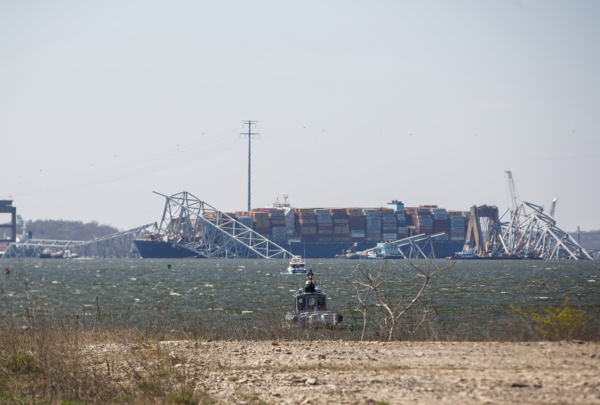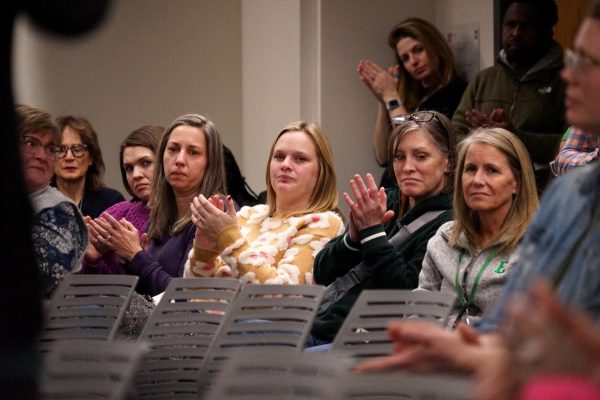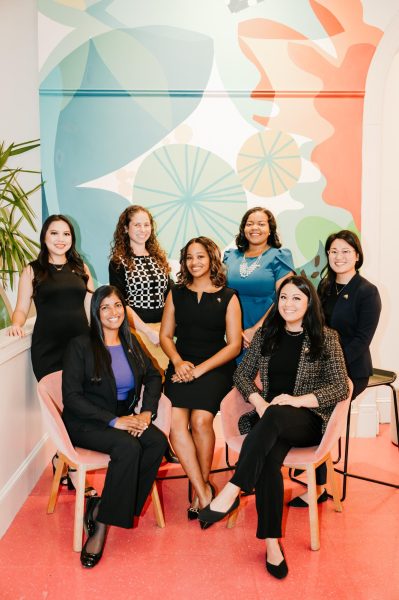Edina Public Schools transitions back to in-person substitutes
The art features a student walking into class, disappointed that there is a substitute teacher.
October 28, 2022
During the fall of 2018, Edina High School piloted virtual substitutes, a way for teachers to continue class when an in-person substitute is unavailable. Students would be assigned online work and have an Attendance Based Assignment (ABA) to complete by the end of the class period in order to be marked present. While virtual substitutes were a helpful tool, especially in the midst of the COVID-19 pandemic, Edina Public Schools has started returning to in-person substitutes for underclassmen.
A new substitute system has been implemented that offers 4 different options for teachers to find substitutes: “Teachers on Call,” (where a substitute teacher comes in), building substitutes, teachers covering other classes during their student prep, and virtual substitutes.
EHS Principal Andrew Beaton believes that virtual substitutes work well but were never designed for the number of students that attend EHS. “If you do virtual substitutes and you have 4 teachers who are gone from EHS it works fine, but when you’re getting to ten [or more] teachers that are out…it creates some supervision issues,” he said. “We [still] have virtual substitutes as an option that we are really reserving for some teachers that have mostly seniors who are a little more responsible and that also reduces the number of people [outside of classrooms in the building].”
Many teachers have noticed positive changes throughout the building after limiting the use of virtual substitutes. Joy Dunna, a social studies teacher, pointed out that the number of kids wandering around the building has decreased. “I don’t have to come out of my room and investigate this weird noise happening in the hallway or people sprinting around,” she said. “[Teachers] have a lot on [their] plates and just knowing that I can focus on my classroom is really nice.”
Although the majority of EHS staff believes limiting the use of virtual substitutes to be a positive change, students and teachers have varying opinions. Junior Ruhi Ashley wants virtual substitutes back for everyone because they offered a change in her day-to-day schedule. “I think it helped my mental health…virtual substitutes were a great way to learn because it was a unique, different thing,” she said.
Dunna agreed that virtual substitutes could be easier at times. “It was really nice to know that if I woke up and I was feeling really sick, I can just post the lesson plan and have the time off to take care of myself. That’s still true this year, but there are a few more steps to make sure that the substitute is prepared,” she said. “I hope that one day we can consider bringing back virtual substitutes because I think [accountability] is a good skill to learn…but I think that realistically right now, as a school, we are not quite there yet.”
EHS is returning back to the original virtual substitute model. “Older students that have a student prep can use [the commons, cafeteria, and flex spaces] for quiet study. Teachers have the ability to use flex spaces again as an extension of their classroom because that was also part of our design. All of that really got taken away because of the volume of kids we didn’t have in classrooms because of not having a subsystem,” Beaton said.
The current substitute system was created recently and is not likely to change anytime soon. Principal Beaton expressed his enthusiasm for the new substitute system. “We are super excited that we have a substitute system again this year… having [4 different ways to cover teacher absences] really makes a big difference.”


